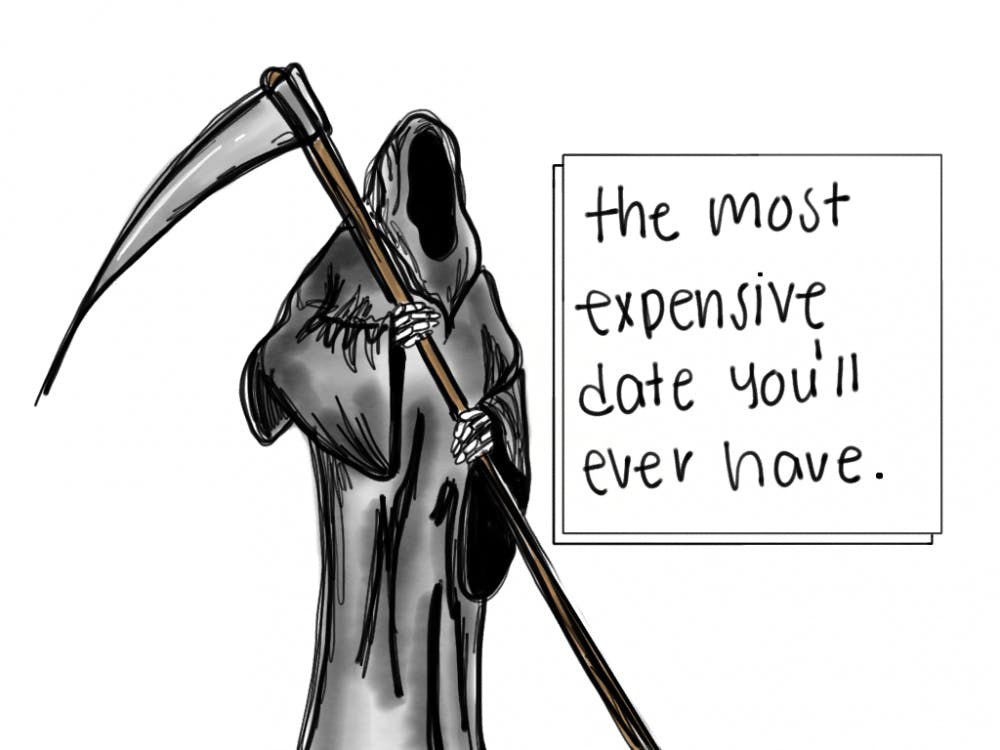One of the most unexpected stressors in dealing with the death of loved ones is the funeral preparations.
Will they be buried? Will they be cremated?
Although it's a melancholy topic, by having conversations with your loved ones as soon as possible about postmortem plans for your body, you can save your family a lot of overwhelming feelings when the time comes. A last will and testament allows you to clearly outline your choice for what happens to your body after death, alleviating a lot of confusion and stress from the situation.
But what are the choices for what happens to your body?
Throughout history, there have been two main options for handling the body after someone dies. The two most well-known procedures for taking care of a body after death are cremation, the incineration of the body into ashes, or burial.
With the earth facing more and more restraints as a result of increasing population, global warming and widespread industrial development, it is more important than ever to be considering steps we can take to prolong quality of life on earth — even after ours is over.
Burial at first seems entirely eco-friendly — and at one point, it was — the idea of returning the body to the earth. But the modern caskets that some are choosing to lay their loved ones to rest it could be hurting the planet. More than that, formal burial arrangements are incredibly expensive. There’s no way to know for sure what financial situation your loved ones will be in at the time of your passing, and it seems awful to make your family take out a loan just to load you up into a carbon-fiber box.
A casket can cost anywhere from $2,000 to $10,000 — not counting the grave liner. And yes, you’ll want that.
In addition to that, burials involve a process called embalming, which preserves the body via a procedure of chemicals and other more grisly things. Embalming also has a high price tag. More than that, there are not very many studies examining what lingering chemicals in the body can do after insertion into the ground. We all are familiar with decomposition.
Excluding the arguments pertaining to the environmental and financial factors, we have to also think about the physical space required for a traditional burial. With growing populations, mass expansions of industry and existing farmland, burial ground is getting hard to come by.
In a study conducted at Iowa State University, it was shown that 76 million Americans are projected to make it to their life expectancy — 78 years old — between 2024 and 2042. This means that if they were are traditionally buried, the grave spaces alone would be as big as Las Vegas.
One reason I feel many choose the traditional burial outside of culture is a comfort factor. Many still visit their loved ones’ graves to pay respects and feel a peace, knowing that while their soul is gone, this is the final resting place of someone important to you. As someone whose dad passed away when I was young, I used to feel a need for a physical token to prove that my loved one existed. But the older I get, the more I realize that comfort can be felt in different ways — ways that don’t cost nearly as much or take up physical land space.
If you do however, for whatever reason, choose traditional burial — there is a new eco-friendly option. The Capsula Mundi project is in final testing stages for a burial pod that is completely biodegradable and serves as a fertilizer source for a tree of your loved one’s choice. It is expected to still cost less than traditional funeral costs.
Yet beyond burial and cremation, there are now several other options to consider for when your loved ones or yourself die. With new parameters to consider, such as physical ground space, climate change issues, pollution and finances, it is intriguing to see how people are branching out from tradition and electing new methods of after-death arrangements.
If you choose cremation, there are now tons of companies that will house your loved one’s ashes in unconventional vessels, including on a vinyl of their favorite album, cups and plates or even in jewelry. Albeit expensive, these are ways to opt out of burial yet keep the physicality of a “grave marker” of sorts.
Another great option is donating the body to science or medicine. In this process, the body can be used for a series of purposes to further medical research. Once the body has been used in its full capacity, facilities such as universities and hospitals will cremate the body and return the remains to the family free of cost.
While this method does not allow the body or ashes to be present for the funeral, or even years after the donation, it is virtually free and could help discover new medical finding that might eventually save a life. How’s that for symbolism?
All in all, plans for after death are very contingent on personal beliefs, family ties, and finances. It is important, however, that we make these plans with the future in mind, albeit not our own.






